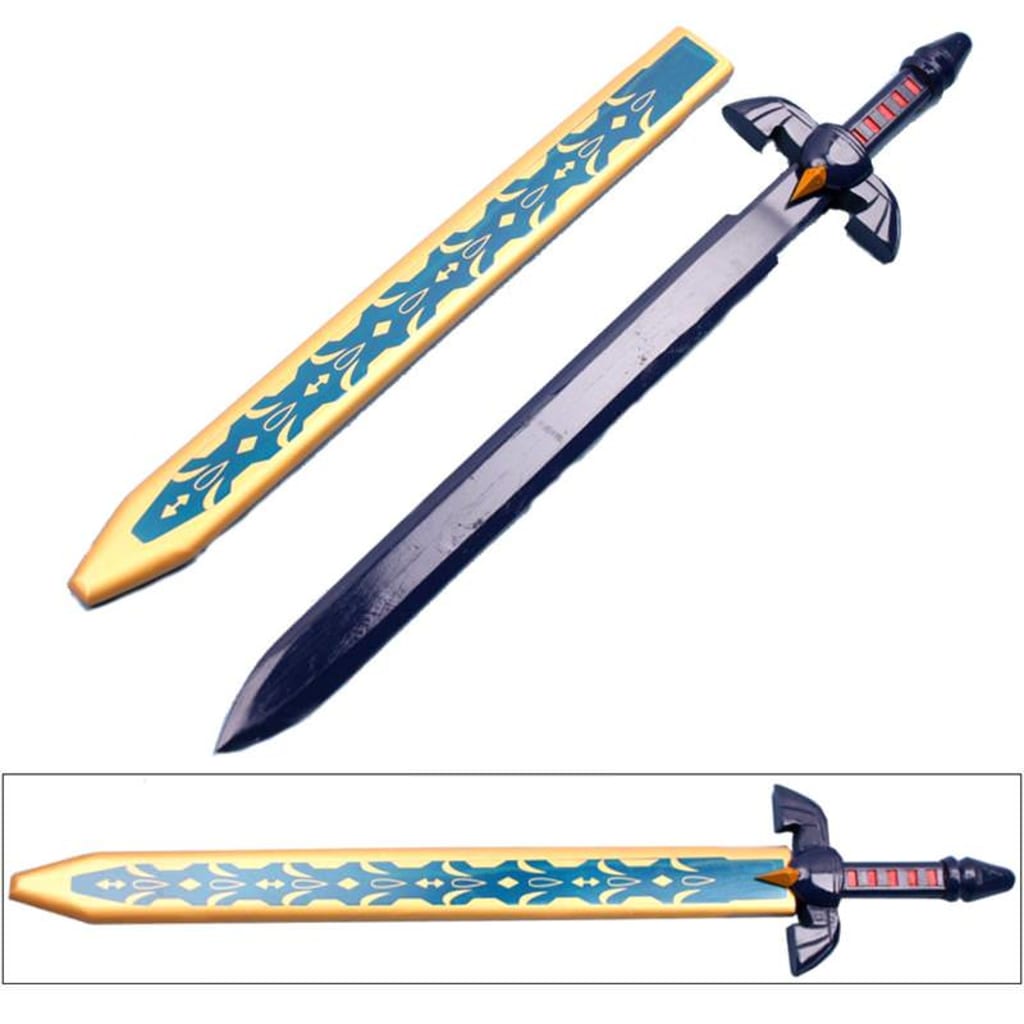5 Factors To Consider Before Buying A Good Wooden Sword:
Wooden Sword

A Wooden sword, or bokken, has a long and rich history that is closely linked to the development of Japanese martial arts. Created as a less dangerous substitute for practicing swordplay, this sword rose to prominence in the era of the samurai. It developed into an essential tool for warriors to hone their skills without the risks that come with using live blades.
By engaging in full-contact sparring with these swords, practitioners were able to hone their techniques and gain a deeper comprehension of swordsmanship. The wooden sword became a staple training tool in many martial arts styles and schools over time. The use of the bokken as an essential part of the training curriculum was formalized by the Kendo discipline in particular.
Japan went through a modernization phase during the Meiji era (1868–1912), and martial arts changed to keep up with the times. To maintain the spirit of old-world sword fighting while catering to modern tastes, wooden sabers remained essential. These swords have a rich cultural history and are still an essential part of martial arts training across the globe. They represent the ageless wisdom of Japanese swordsmanship.
Buy a Good Wooden Sword:
A wooden sword, also called a bokken in Japanese martial arts, is a practice weapon made of wood that is painstakingly shaped to resemble the weight and form of a real sword. These training aids have a long history and are frequently utilized for safe and efficient practice in a variety of martial arts disciplines. From the Japanese words "boketto," which means wood, and "ken," which means sword, the word "bokken" is derived.
This sword's main function is to give martial artists—especially those studying Japanese sword arts like Kendo and Iaido—a way to practice their techniques without running the risk of using live blades. These swords are made from sturdy hardwoods like oak or occasionally bamboo, and they mimic genuine blades' length, balance, and handling qualities.
They enable trainers to conduct dynamic and realistic training that emphasizes posture, correct form, and the development of precise techniques. In addition to being used in martial arts, these swords are now frequently used in theatrical productions, historical reenactments, and as decorative pieces. They represent both useful training tools and traditional and disciplined symbols.
Material and Construction:
The type of wood used greatly influences a wooden sword's durability and quality. Hardwoods with strength and resilience, like beech, hickory, or oak, are often chosen. To guarantee that the sword can endure repeated training without losing its integrity, the construction should be strong and error-free. For maximum strength, grains should run the entire length of the blade, which is another important factor.
Weight and Balance
The weight and balance of a well-made wooden sword are identical to those of an actual sword. To help practitioners gain control and comfort, the weight distribution along the blade and hilt should be designed to resemble the feel of a conventional sword. The sword's handling and response to movements are influenced by the balance point, which is usually located close to the hilt.
Shape and Design
Whether it's a katana, bokken, or other traditional sword type, this sword's shape and design should closely mimic the sword style it aims to imitate. Precise details, such as the blade's curvature and the hilt's design, contribute to the training experience's realism and facilitate the development of appropriate techniques.
Comfortable Grip and Handle:
To ensure a firm hold during practice, the wooden sword's grip must be ergonomic and comfortable. Certain swords might have extra features like a handle wrapped in a cord for better grip. To encourage a secure and natural grasp, the handle's length and diameter should match the size of the practitioner's hand.
Safety considerations:
Since practice makes perfect, this sword's edges should be smooth and rounded to reduce the chance of injury. Look for any sharp edges or protrusions that might be dangerous. Furthermore, check the entire finish to make sure there are no sharp edges or splinters that could hurt someone. A good wooden sword should strike a balance between practicality, authenticity, and safety to allow for both efficient and pleasurable martial arts training.
The Historical Value of Wooden Sword!
The wooden sword is incredibly popular and significant; it has become more than just a tool for training; it is a representation of discipline, tradition, and skill improvement. The wooden saber, or bokken, is essential for developing a thorough understanding of the art form and perfecting sword techniques in martial arts, especially Japanese styles like Kendo and Iaido.
Its appeal stems from its capacity to give practitioners a realistic, safe environment in which to conduct intense, dynamic training that closely resembles the techniques and maneuvers used with real blades. The importance of the wooden sword goes beyond its ability to improve form, increase precision, and foster muscle memory without the dangers that come with using a live weapon. This sword has transcended the confines of the dojo to become a cultural icon, signifying the spirit of martial arts and the long history of swordsmanship.
As a useful training tool and a representation of respect for traditional martial arts, it appeals to enthusiasts, collectors, and practitioners alike. In the larger context of martial culture, the wooden sword is a revered artifact because it represents the ideals of discipline, respect, and constant improvement that are essential to the philosophy of martial arts. It is not just a tool for physical training.
About the Creator
Mai Sophia
A Writer/blogger by day, a knife enthusiast and survivalist by night. I've reviewed a lot of products and have helped people make the right purchase






Comments
There are no comments for this story
Be the first to respond and start the conversation.